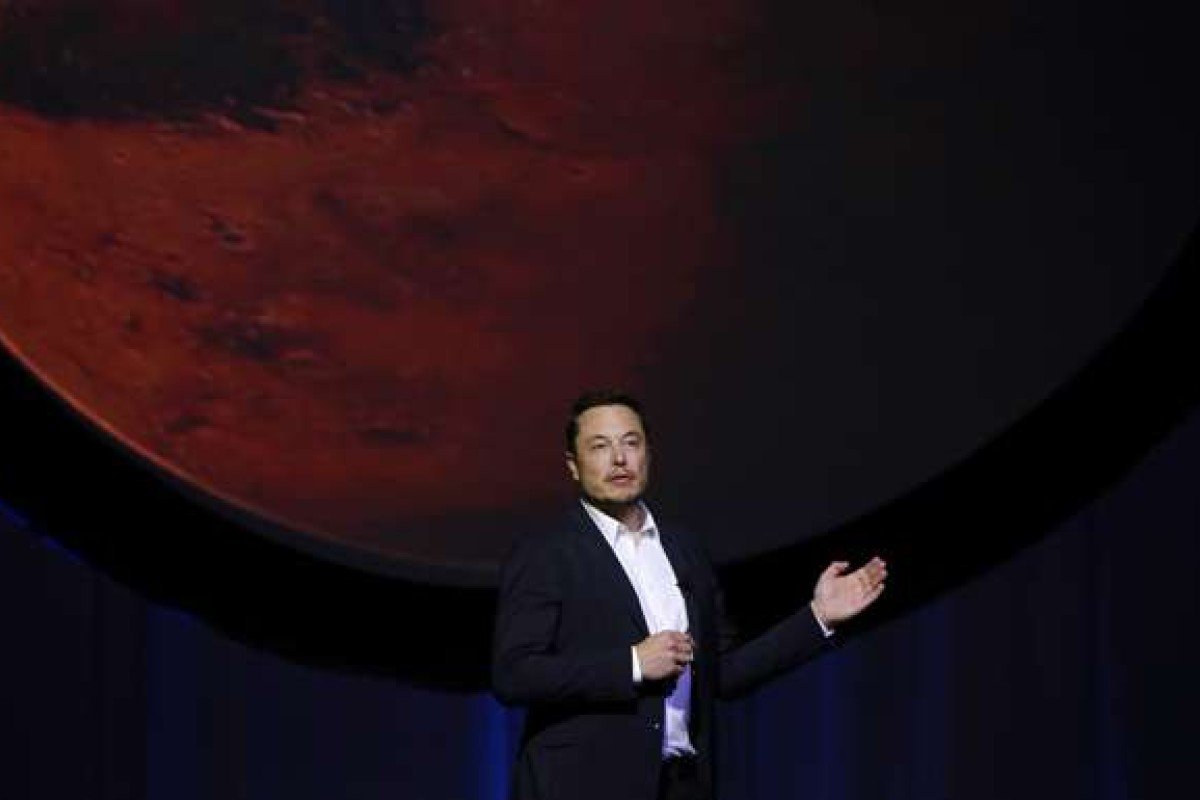
Elon Musk, the visionary CEO of SpaceX, has set an audacious goal to colonize Mars, aiming to transport 1 million people to the Red Planet by 2050. This plan not only showcases Musk’s futuristic foresight but also highlights a pivotal step towards making humanity a multiplanetary species.
Key Highlights:
- Musk proposes to build 1,000 Starships over the next decade to ferry humans and materials to Mars.
- The cost per person for Mars colonization is aimed to be reduced to the price of a house in the U.S., around $200,000.
- SpaceX’s plan includes launching three Starships daily, leveraging windows when Earth and Mars align favorably every 26 months.
- Musk envisions creating a self-sustaining civilization on Mars to ensure humanity’s survival beyond Earth.

Building a Pathway to Mars
Musk’s strategy involves significant advancements in space technology, focusing on full reusability, refueling in orbit, propellant production on Mars, and using the right propellant to bring down costs. The SpaceX Starship, the linchpin of Musk’s plan, is designed to be a fully reusable spacecraft capable of carrying 100 passengers and cargo to Mars. This approach not only makes space travel more affordable but also sustainable in the long run.
A Self-Sustaining Martian Civilization
The ambition is to establish a self-sustaining city on Mars, complete with a robust economy and job opportunities. Musk’s plan includes a fleet of Starships that would transport critical infrastructure, life-support systems, and the initial human settlers to kickstart the Martian colony. This colossal undertaking aims at a future where Mars can support life independently from Earth, with its own food production, water supply, and energy generation systems.
Challenges and Milestones Ahead
Achieving a self-sustaining civilization on Mars is fraught with challenges, from technological hurdles to the sheer logistical complexity of transporting a million people across space. Yet, Musk’s timeline includes launching the first set of missions within this decade, with the construction of the Starship fleet and the development of necessary life-support systems already underway.
Summary
Elon Musk’s plan to take 1 million people to Mars by 2050 is more than a testament to human ambition; it’s a blueprint for the future of humanity. By aiming to reduce the cost of space travel, leveraging cutting-edge technology for sustainability, and envisioning a thriving community on Mars, Musk is laying the groundwork for making life multiplanetary. This vision, while challenging, opens up unprecedented opportunities for scientific discovery, technological advancement, and the long-term survival of humanity.
As we stand on the brink of potentially the most significant human adventure, the journey to Mars represents not just a leap into the unknown but a step towards securing humanity’s place in the cosmos.






















